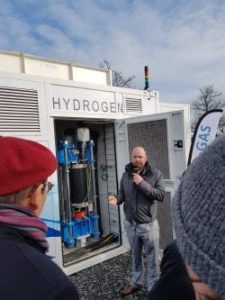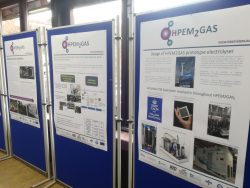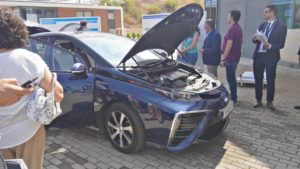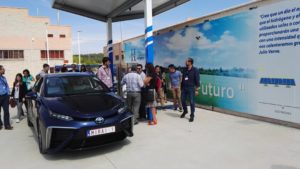Demystifying Hydrogen Engines: Reasons behind their Limited Use
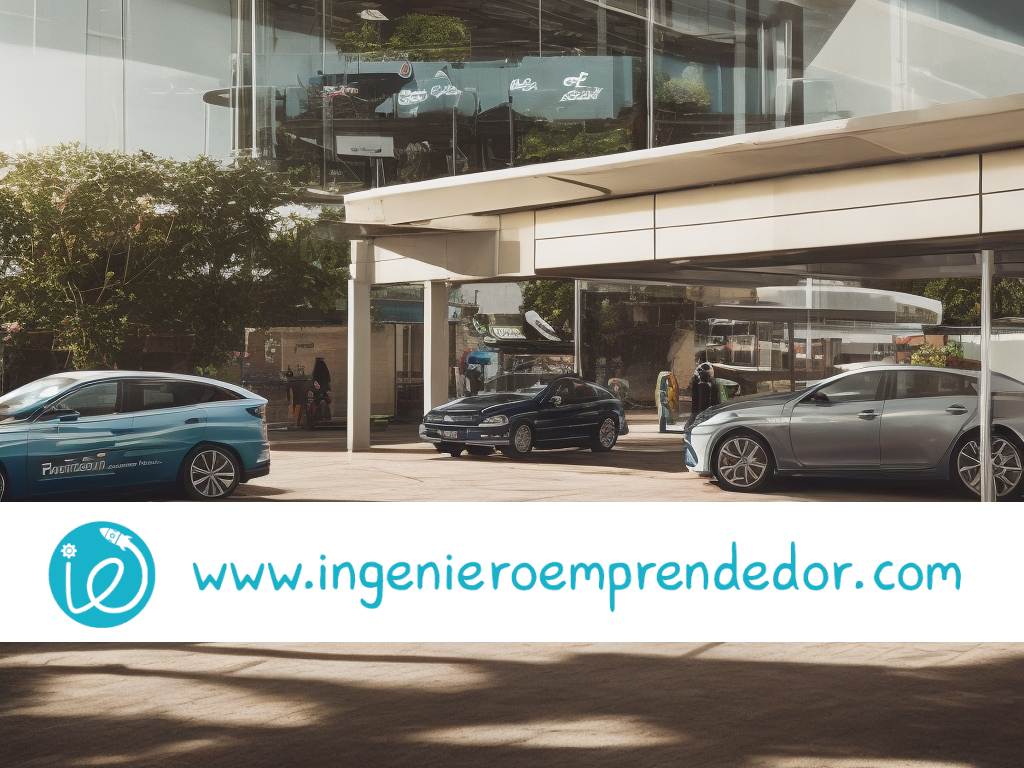
Introduction
In the exciting realm of automotive technology and innovation, the quest for cleaner and more efficient alternatives to power vehicles has led to constant development of new solutions. One intriguing concept that has captured the imagination of many is the hydrogen engine. However, despite its promises and potential advantages, this type of technology has yet to achieve widespread adoption compared to other propulsion options. In this article, we will explore the reasons behind this phenomenon and unravel the mystery of why hydrogen engines are not extensively used in the automotive industry.
1. Complexity and Cost of Infrastructure
One of the most significant challenges facing the mass adoption of hydrogen engines is the required infrastructure for their operation. The production, storage, and distribution of hydrogen on a large scale are technically complex and expensive processes. Hydrogen refueling stations are limited, and their establishment involves a substantial investment. In contrast, the infrastructure for electric vehicles is more developed and widespread, making the adoption of this technology more attractive and practical for consumers.
2. Energy Efficiency
While hydrogen is an abundant element on Earth, its extraction is not always energy-efficient. Most hydrogen is produced through processes like natural gas reforming or water electrolysis. These methods can require significant amounts of energy, which can lower the overall system efficiency compared to alternative technologies like electric vehicles, which can directly tap into available electrical energy from the grid.
3. Storage and Distribution
Hydrogen is a very light gas and has relatively low energy density compared to fossil fuels. This means that efficiently storing and transporting hydrogen is a technical challenge. Advanced storage systems, such as high-pressure tanks or solid storage materials, are required, adding weight and complexity to the vehicle design. In contrast, an electric vehicle’s battery is a more compact and established solution.
4. Environmental Impact of Hydrogen Production
Although hydrogen engines emit only water vapor as a byproduct, conventional hydrogen production often involves the emission of greenhouse gases. Natural gas reforming, for example, releases carbon dioxide into the atmosphere. While cleaner production methods, such as electrolysis powered by renewable energy, are being explored, these approaches are not yet fully established on a large scale.
5. Technological Development and Market Preference
Battery technology for electric vehicles has advanced significantly in recent years, enabling greater range and shorter charging times. This evolution has driven the adoption of electric vehicles and created a strong market foundation. As a result, car manufacturers and consumers may lean toward this proven technology rather than investing in the research and development of hydrogen engines.
Conclusion
Despite their potential emissions and performance advantages, hydrogen engines still face significant barriers that limit their adoption in the automotive industry. From the complexity of infrastructure to challenges in hydrogen production and storage, these obstacles have contributed to the continued preference for established technologies like electric vehicles. While the future may bring breakthroughs that overcome these challenges, widespread adoption of hydrogen engines still appears to be on the horizon.
Ultimately, the pursuit of cleaner and more efficient propulsion solutions remains an evolving path, and the decision to adopt a particular technology depends on a combination of technical, economic, and market preference factors. Hydrogen engines certainly have the potential to play a significant role in this narrative in the future, but for now, they face substantial hurdles to overcome for widespread adoption.
















